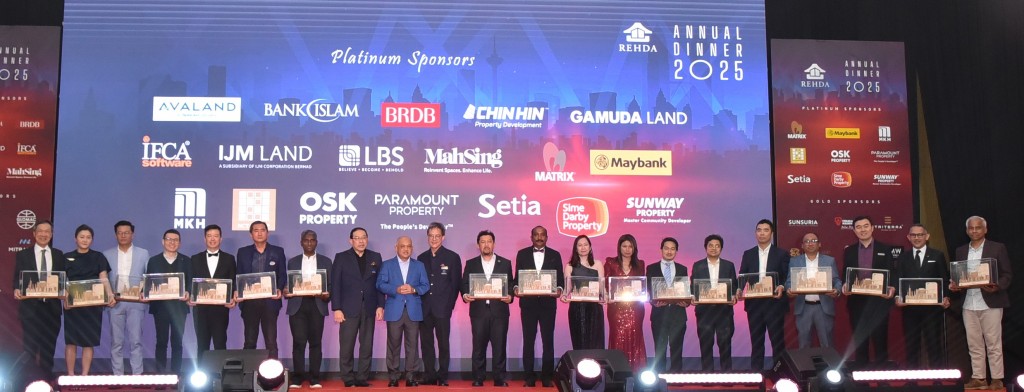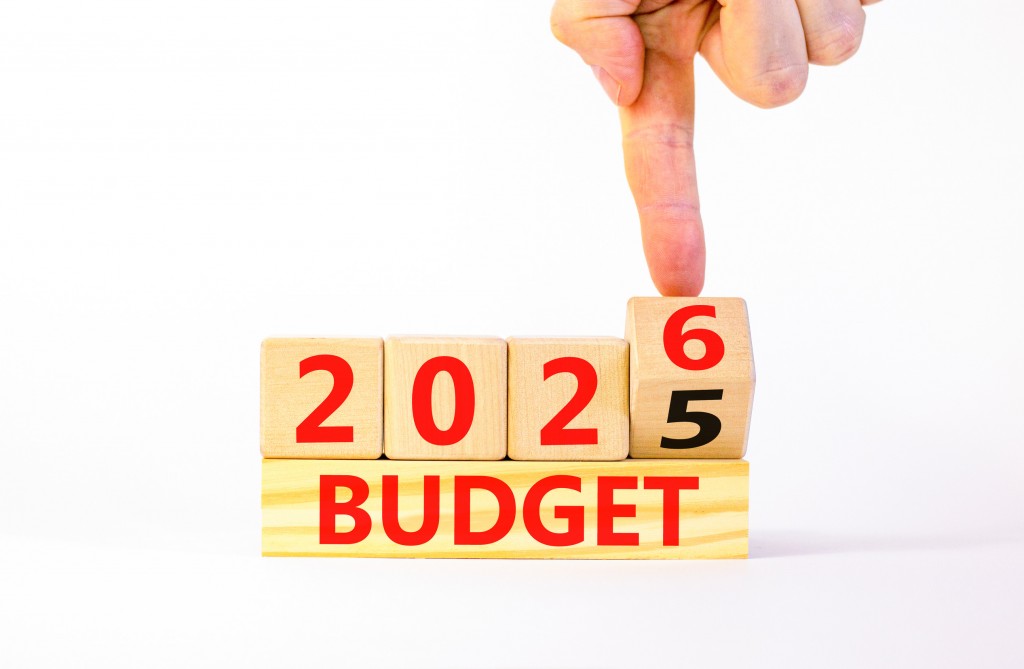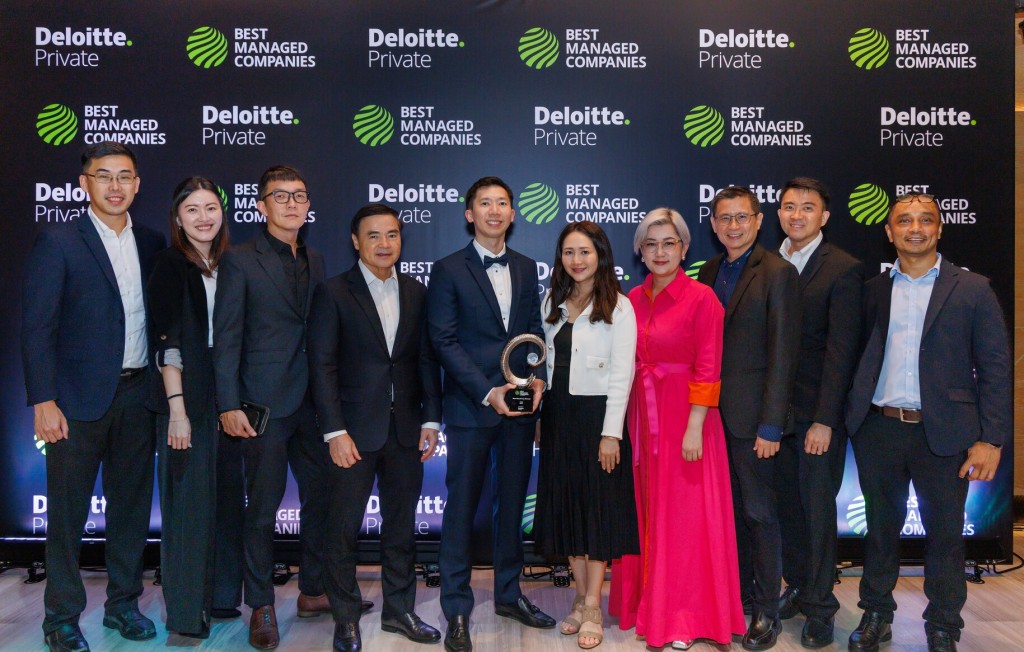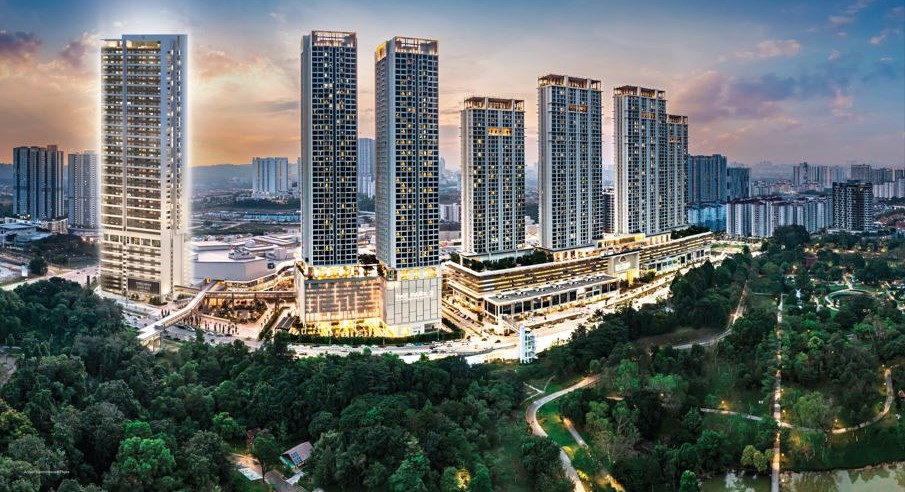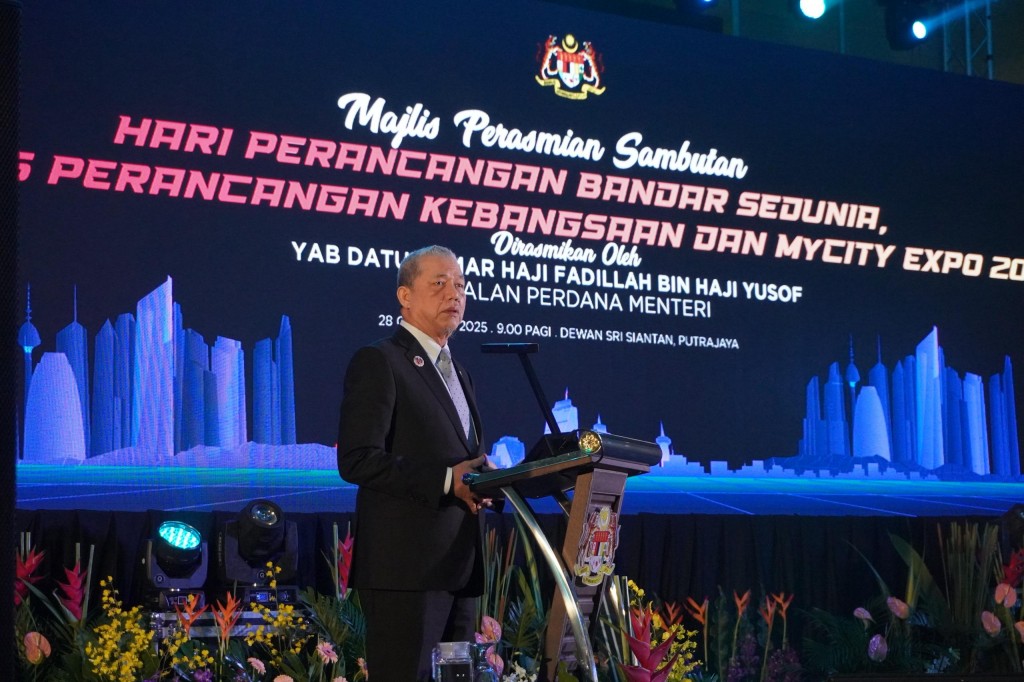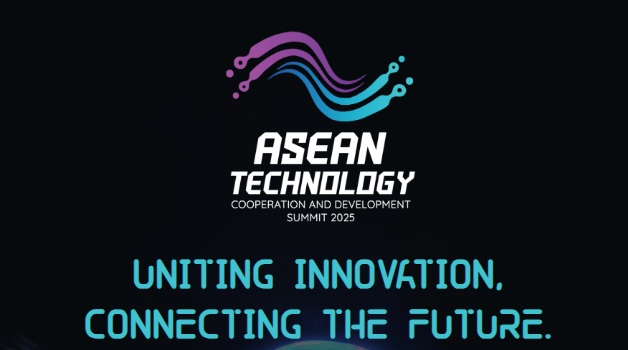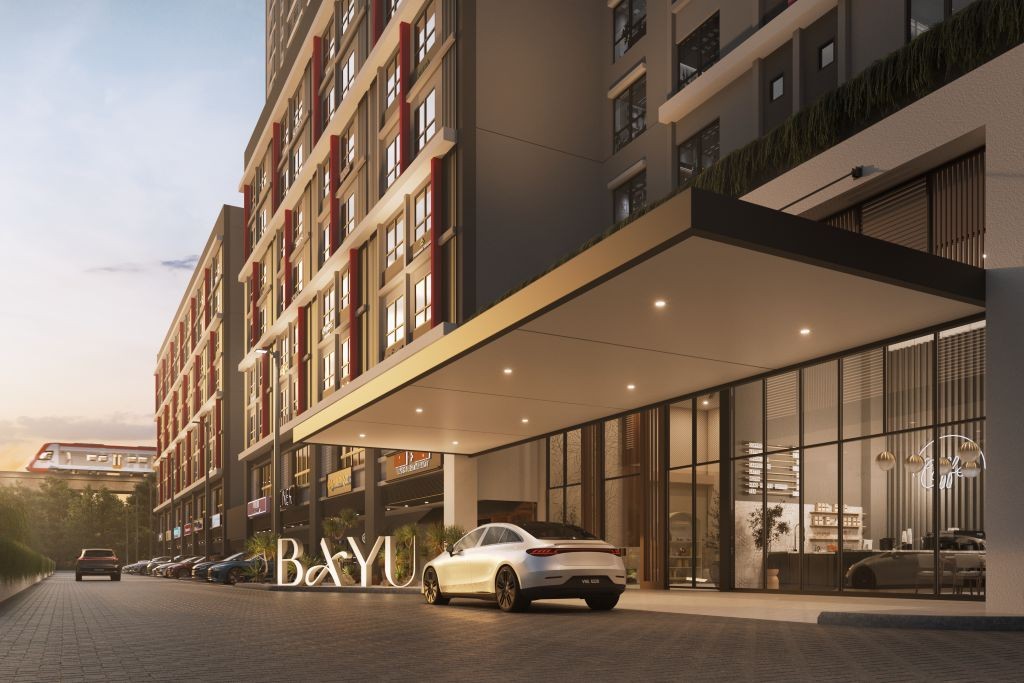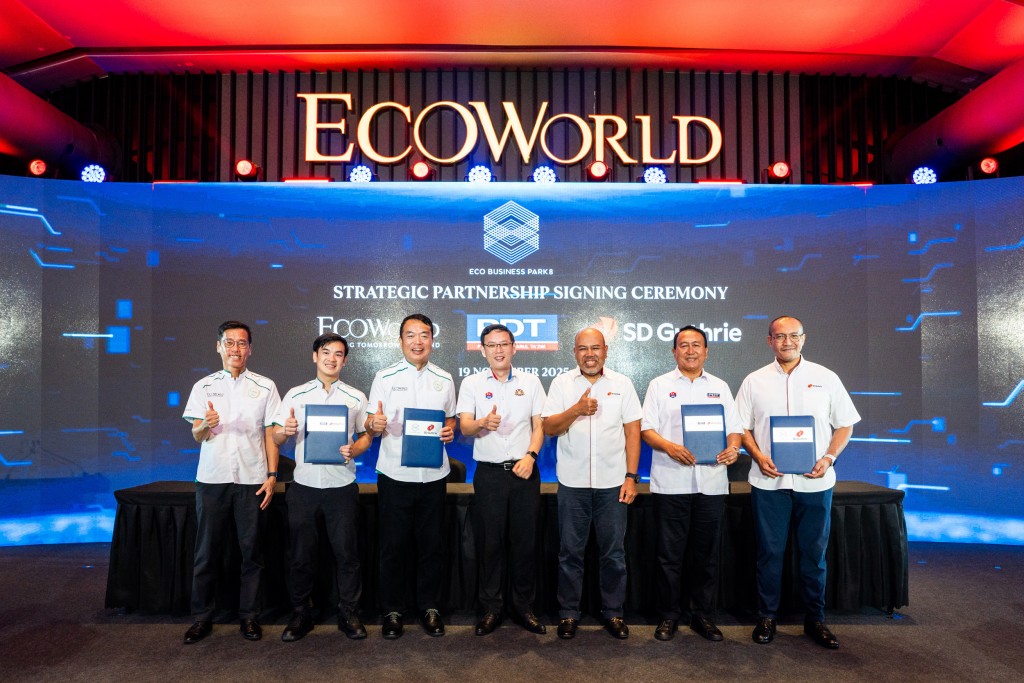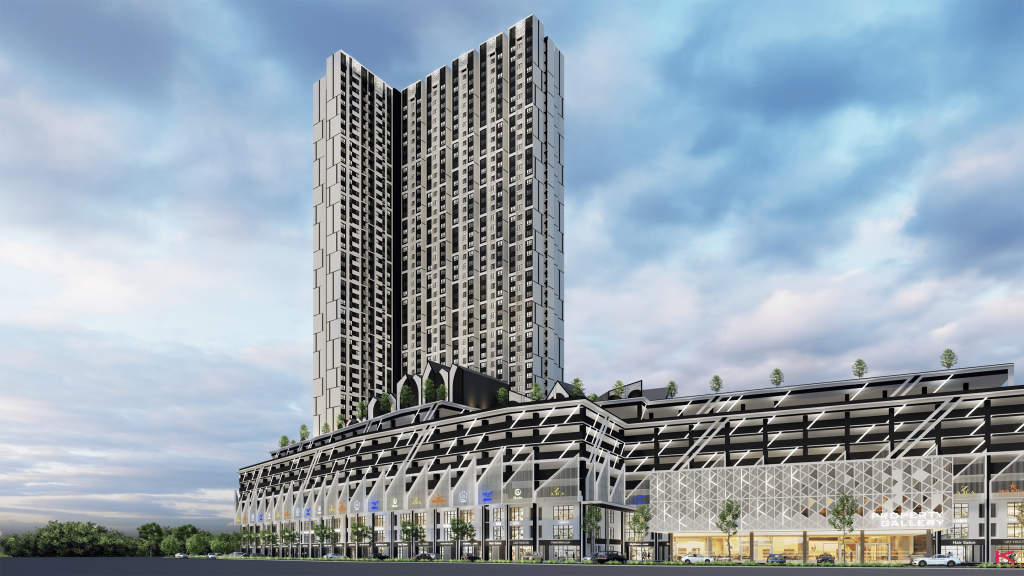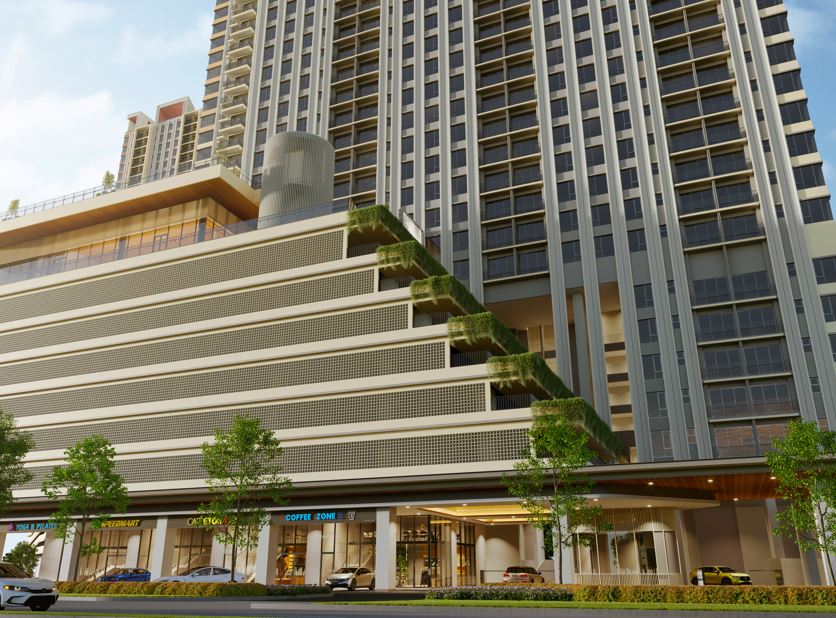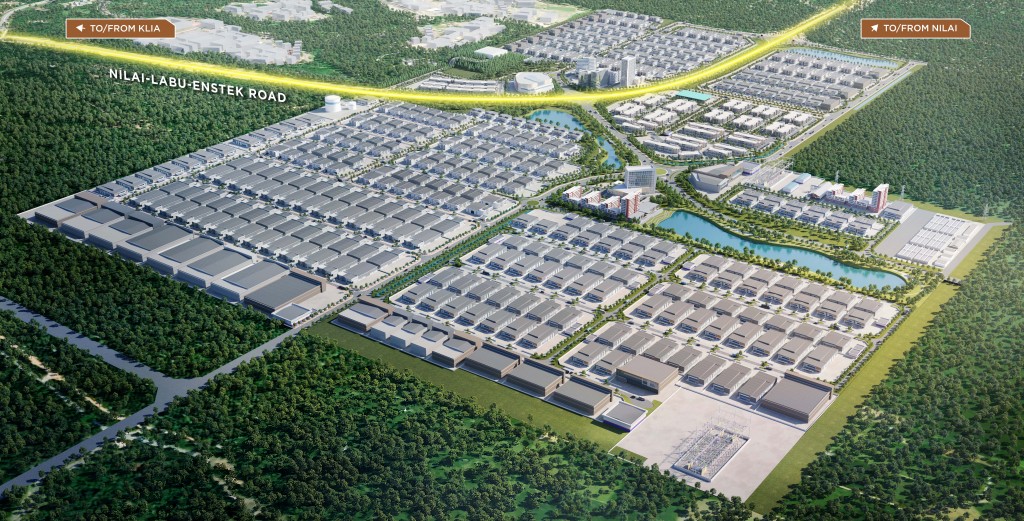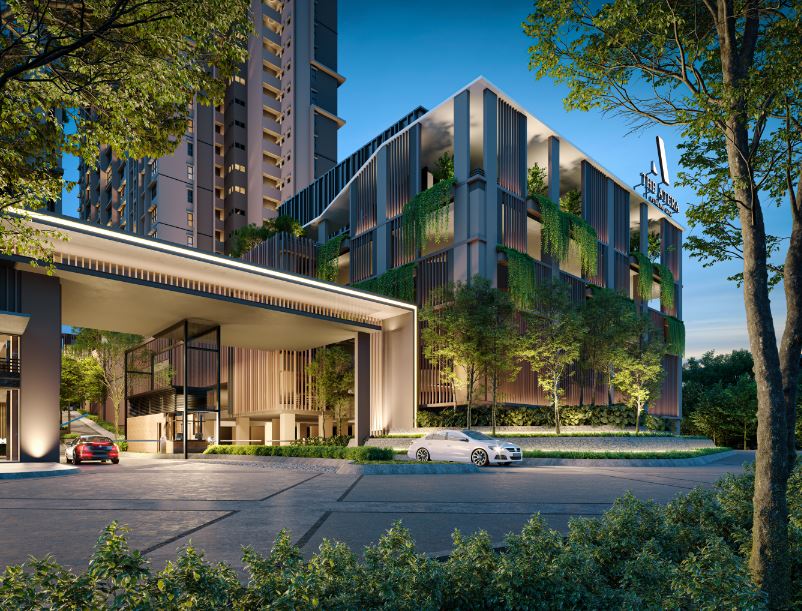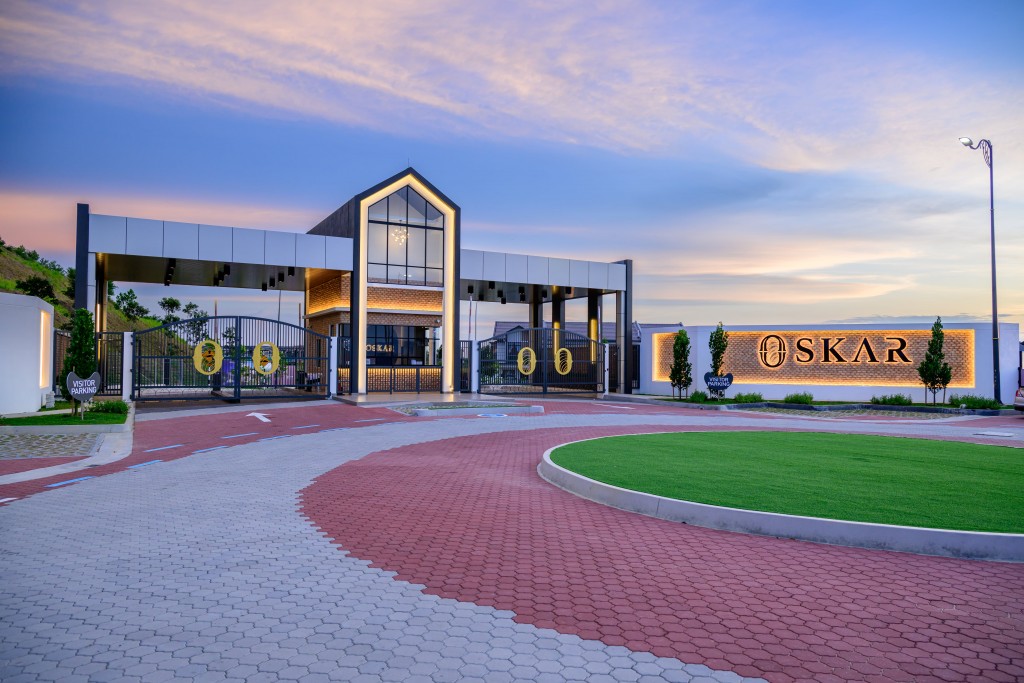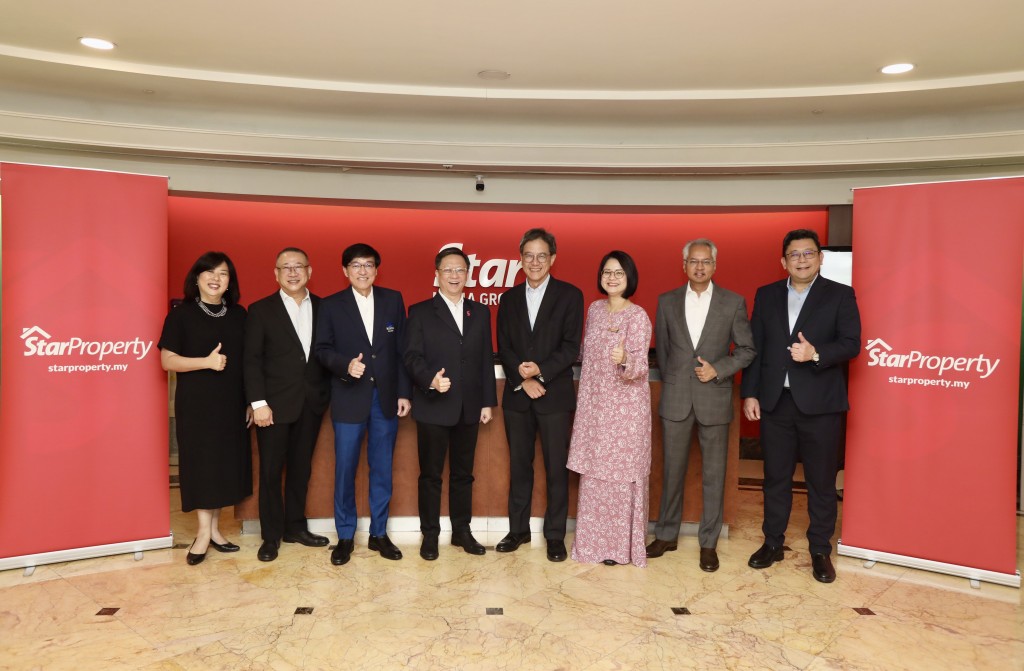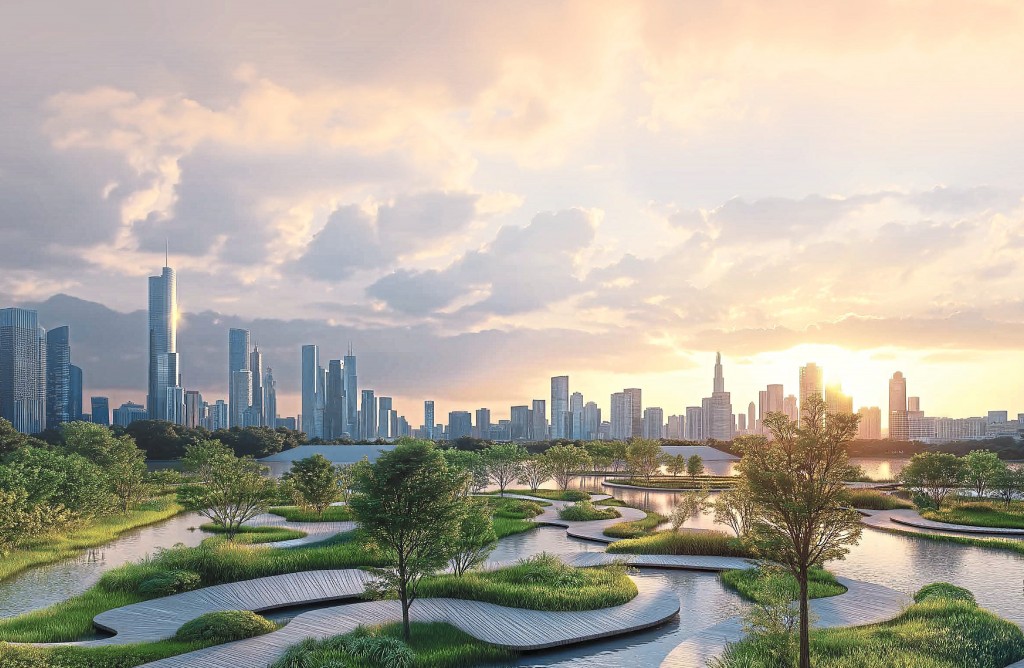Tackling climate risks amid population growth
By Joseph wong
As Malaysia’s population grows and urban centres expand, so too does the pressure on the nation’s infrastructure, resources and environment. With rising demand for housing, food, energy and transportation, the looming threat of climate change has turned the conversation from one of development to one of survival. Record-breaking floods, heatwaves and water shortages are no longer distant warnings but realities on the nation’s doorsteps.
Yet amid these mounting pressures, there is a quiet but determined push to future-proof the country’s growth. And it begins with how we build. Malaysia’s pledge to achieve net-zero carbon emissions by 2050 sets a clear ambition. But how close are we to delivering on it? According to one of Malaysia’s leading green building certification body GreenRE executive director Ashwin Thurairajah, the answer is both promising and sobering.
“Firstly, we must be clear that Malaysia’s net-zero carbon target by 2050 does not mean zero carbon emissions. The target is based on reaching a level whereby carbon emissions (for which energy use is the greatest contributor) are offset by the vast carbon sinks (like rain-forests and mangroves) in the country,” he tells StarProperty.
Malaysia reported 328 million tonnes of total greenhouse gas emissions in 2021, of which natural carbon sinks absorbed 212 million tonnes, leaving net emissions at 116 million tonnes. While the nation is on track to meet its 45% carbon intensity reduction by 2030 (from 2005 levels), the gap to true net-zero is widening each year.
Meeting this ambitious goal will require a massive investment of as much as RM2.6 trillion, according to the National Energy Transition Roadmap (NETR). That includes scaling up renewable energy, electrifying transport, deploying carbon capture technology and maintaining the country’s forest cover at 52% or more (currently 54%). And the sectors that stand out as a game-changer are construction and property development.
Buildings: The hidden giant of emissions
Almost all final electricity consumption in Malaysia is by buildings whether industrial, commercial or residential. The construction and property sectors account for nearly 40% of annual carbon emissions, making them one of the largest contributors to climate change.
This underscores the urgency of rethinking how property developers design, construct and manage buildings. Transitioning to renewable energy sources is crucial but from a consumption perspective, improving the efficiency of buildings and infrastructure will be key to cutting carbon at scale.
Over the past decade, more developers have embraced sustainable features such as solar panels and rainwater harvesting systems. But many choose not to pursue formal green building certifications, raising questions about long-term accountability.
“Green building certification schemes like us at GreenRE set industry consensus based criteria for benchmarking green buildings. It is a holistic scheme covering pillars such as energy efficiency, water efficiency, sustainable materials, resilience, indoor environment quality, etc. It is applied to the entire life cycle of a building project from the planning and design, construction, operation, maintenance, renovation and eventual demolition phases of a building.
“Green building certification schemes recognise and reward companies and organisations who build and operate efficient buildings, thereby encouraging and incentivising them to push the boundaries on sustainability. They kick-start the market by setting standards that in turn elevate the ambition of government building codes and regulation and private sector engagement.
“As the saying goes, what does not get certified does not get done. It is important for independent third party review to moderate disclosure and improve accountability in the sector. Whilst it is great to see new technologies proliferate, green building assessment and certification is about continuing environmental performance improvement and plays an important role in ensuring sustainable building performance in the long term,” said Ashwin.
Obstacles to greener cities
So why aren’t more developers adopting certified green practices? While awareness is growing, challenges remain, particularly in navigating a constantly shifting regulatory environment. Confusion over policies and bureaucratic bottlenecks remain major barriers to increased solar adoption, Ashwin shared. “Grid limitations in terms of access to substations and ageing grid infrastructure need to be addressed urgently. Modernising the grid is essential to make it more efficient, reliable and resilient,” he added.
Another obstacle lies in financial support. While there are tax incentives for green-certified commercial and industrial buildings, there is still no nationwide incentive for residential developers. Some state governments offer rebates and banks have introduced green financing products but the nation needs broader, coordinated national support to move the needle faster.
Shifting from tech to culture
Technology alone will not get Malaysia to net-zero. What is equally critical is user behaviour and maintenance culture. Even the most energy-efficient building can underperform if occupants misuse its systems. Ashwin emphasised that efficient use of systems and a good maintenance culture is just as important as building design. Users play a critical role in lowering a building’s lifecycle impact.
Fortunately, the cost of sustainable technologies is dropping. Inverter air-conditioning systems, solar PV panels and rainwater harvesting solutions are now more affordable and offer faster payback periods. With programmes like Net Energy Metering (NEM) and zero upfront solar financing, even mid-sized property owners are finding it worthwhile to go green.
Looking ahead, emerging technologies like battery storage, smart grids and green hydrogen are expected to play a major role in decarbonising Malaysia’s economy. Battery storage, in particular, can help balance energy flows by storing excess solar power for later use while smart grids make energy distribution more efficient and adaptive. These advancements will help Malaysia overcome its current grid limitations.
“Green hydrogen is necessary to reduce emissions from industrial processes which is the second largest contributor to Malaysia’s emissions after primary energy. Though it may have limited application in road transport, it has great potential for marine and aviation transport. We see the use of these technologies proliferating in the short to medium term in Malaysia,” Ashwin said.
A race against time
Acknowledging World Population Day, Ashwin said the link between population growth and climate resilience becomes increasingly urgent. Malaysia’s cities are swelling with new residents and the demand for infrastructure, especially housing, is intensifying. Every new development brings with it the question: Will it help or hinder our path to sustainability?
Malaysia and the world do not have the luxury of business as usual in the face of accelerating climate risks. Experts argue that deliberate choices must now guide what we build and how we build it. With proven solutions, available technologies and a market increasingly receptive to sustainable innovation, the key challenge lies in mobilising bold leadership across both public and private sectors to scale meaningful change before the window of opportunity closes.
Stay ahead of the crowd and enjoy fresh insights on real estate, property development and lifestyle trends when you subscribe to our newsletter and follow us on social media.



